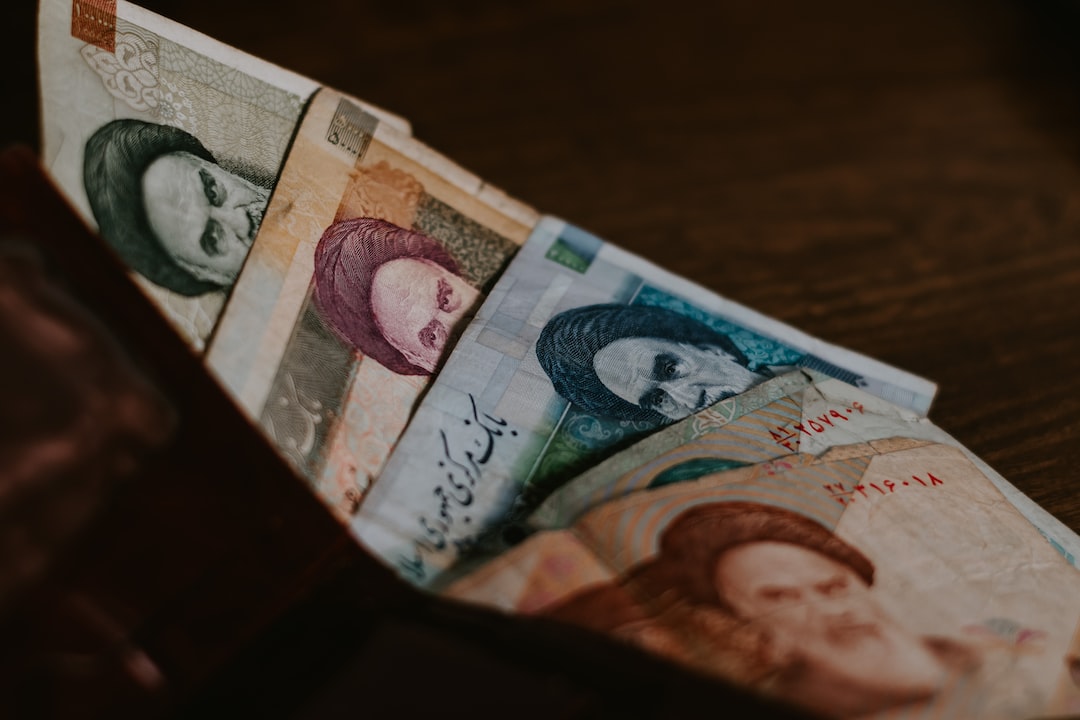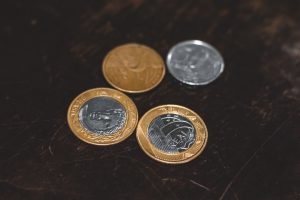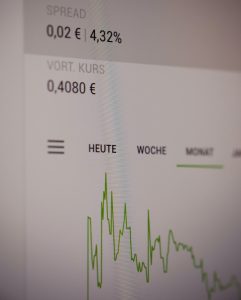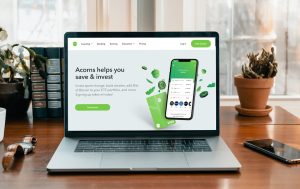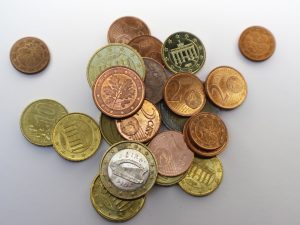Forex (Foreign Exchange) trading is the buying and selling of currencies from all over the world. It is one of the most liquid markets in the world, with about $5 trillion traded every day. The forex market is accessible to anyone with an internet connection and a trading account. In this article, we will guide you on how to purchase forex.
Step 1: Choose a Forex Broker
The first step in purchasing forex is to choose a reputable forex broker. A forex broker is a company that provides traders with access to the forex market. When choosing a forex broker, you should consider the following:
– Regulation: A regulated broker is one that is licensed by a financial regulatory authority. This ensures that the broker operates within the law and has proper risk management practices in place. It is important to choose a broker that is regulated in your country or region.
– Trading Platform: A trading platform is the software that you will use to access the forex market. A good trading platform should be user-friendly, reliable, and have a variety of analytical tools.
– Customer Support: The forex market operates 24 hours a day, so it is important to choose a broker that offers 24/7 customer support. You should be able to contact the broker via email, phone, or live chat.
– Fees and Spreads: Forex brokers make money by charging fees and spreads. Fees can include withdrawal fees, deposit fees, and inactivity fees. Spreads are the difference between the bid price and ask price. It is important to choose a broker with competitive fees and spreads.
Step 2: Open a Trading Account
After choosing a forex broker, the next step is to open a trading account. Most brokers offer different types of trading accounts, including demo accounts, standard accounts, and VIP accounts. A demo account is a practice account that allows you to trade with virtual money. A standard account is a real money account that requires a minimum deposit. A VIP account is a premium account that offers additional benefits such as lower spreads and dedicated customer support.
To open a trading account, you will need to provide personal information such as your name, address, and email. You will also need to provide proof of identity and proof of address. This can be a passport, driver’s license, or utility bill.
Step 3: Fund Your Trading Account
Once you have opened a trading account, the next step is to fund it. Most brokers offer multiple payment options, including credit/debit cards, bank transfer, and e-wallets such as PayPal and Skrill. It is important to choose a payment method that is secure and convenient for you.
Step 4: Choose a Currency Pair
The forex market consists of different currency pairs, including major pairs, minor pairs, and exotic pairs. Major pairs include the US dollar, Euro, Japanese yen, British pound, Swiss franc, Canadian dollar, and Australian dollar. Minor pairs include currency pairs that do not include the US dollar. Exotic pairs include currency pairs from emerging economies.
When choosing a currency pair, you should consider the following:
– Liquidity: The more liquid a currency pair is, the easier it is to buy and sell. Major pairs are the most liquid currency pairs.
– Volatility: Volatility refers to the degree of price movement in a currency pair. Some traders prefer highly volatile currency pairs, while others prefer less volatile currency pairs.
– Spread: The spread is the difference between the bid price and ask price. It is important to choose a currency pair with a low spread.
Step 5: Place Your Order
After choosing a currency pair, the next step is to place your order. There are two types of orders in forex trading: market orders and limit orders. A market order is an order to buy or sell at the current market price. A limit order is an order to buy or sell at a specific price.
When placing your order, you should consider the following:
– Stop Loss: A stop loss is an order to close a trade when the price reaches a certain level. It is used to limit potential losses.
– Take Profit: A take profit is an order to close a trade when the price reaches a certain level. It is used to lock in profits.
Step 6: Monitor Your Trade
After placing your order, the final step is to monitor your trade. The forex market is constantly changing, so it is important to keep an eye on your trade and adjust your stop loss and take profit levels if necessary.
Conclusion
Purchasing forex can be a profitable and exciting venture. However, it is important to choose a reputable forex broker, open a trading account, fund your account, choose a currency pair, place your order, and monitor your trade. By following these steps, you can increase your chances of success in the forex market.

